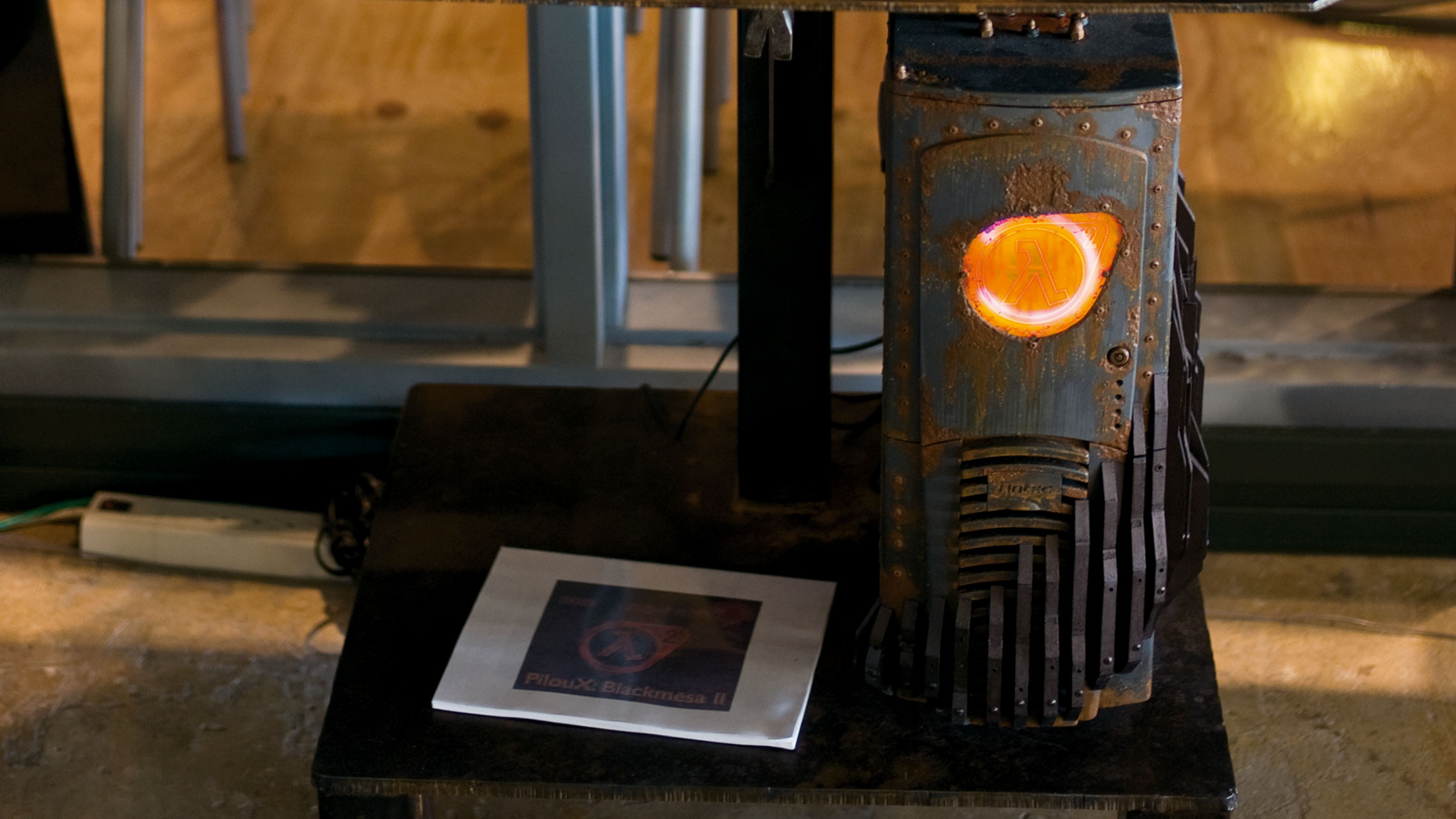Valve cooking up Steam Box prototypes for testing in 3-4 months
Gabe Newell says it's so

Valve's Steam Box can't get here soon enough for many, but thankfully prototype units will at least be ready for some within a few months time.
Speaking with the BBC before the British Academy of Film and Television Arts Games Awards, Steam Co-Founder and CEO Gabe Newell revealed that prototypes for the hardware should arrive in the next three to four months.
"We're working with partners trying to nail down how fast we can make it," Newell said.
Some Steam customers will receive units so the company can gauge their reactions, he added, meaning a lucky few should get their mitts on a Box before long.
Work in progress
According to Newell, noise and heat are issues the Steam Box team is looking to overcome as it develops a particularly powerful gaming experience.
There's also still work to be done finalizing the console's controller, he said, especially as Valve explores using sensors to measure gamers' body states.
"If you think of a game like Left 4 Dead - which was trying to put you into a sort of horror movie - if you don't change the experience of what the player is actually feeling then it stops being a horror game," Newell explained.
Get daily insight, inspiration and deals in your inbox
Sign up for breaking news, reviews, opinion, top tech deals, and more.
"So you need to actually be able to directly measure how aroused the player is - what their heart rate is, things like that - in order to offer them a new experience each time they play."
Such a sensor would probably notice our heart skip at the thought of such tuned-in game play.
Michelle was previously a news editor at TechRadar, leading consumer tech news and reviews. Michelle is now a Content Strategist at Facebook. A versatile, highly effective content writer and skilled editor with a keen eye for detail, Michelle is a collaborative problem solver and covered everything from smartwatches and microprocessors to VR and self-driving cars.
